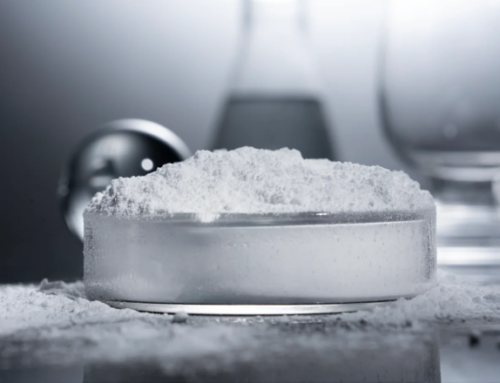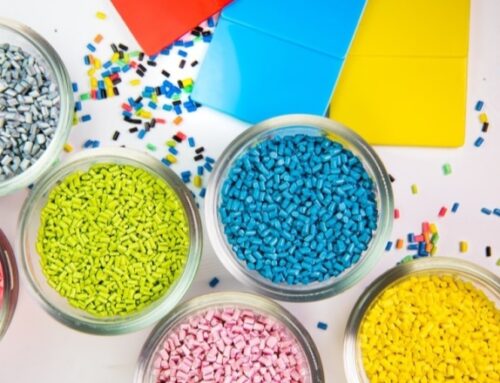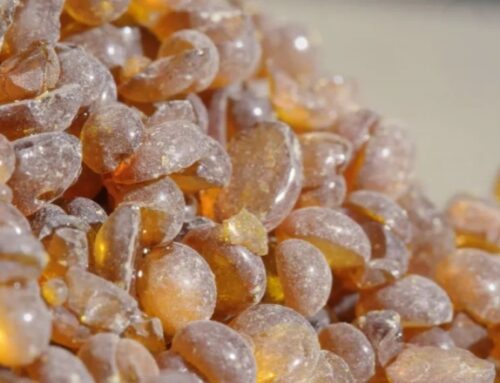Hexafluoroisopropyl alcohol (HFIP) is a thick, colourless liquid with a pungent smell. It is an important fluorine-containing fine chemical, which can be used for the preparation of fluorine-containing surfactants, fluorine-containing emulsifiers, fluorine-containing pharmaceuticals and other fluorine-containing chemicals, or as a good solvent, it is also a new type of fluorine-containing compound, which is a high polarity solvent, easy to mix with water and many organic solvents, good thermal stability, and good transmittance to ultraviolet light.

Hexafluoroisopropyl alcohol
1. Appearance: hexafluoroisopropyl alcohol solid appearance is white or yellowish color, usually powder mesocene; The liquid of Xiqing hexafluoroisopropyl alcohol is colorless and transparent liquid.
2. Melting point and boiling point: hexafluoroisopropyl alcohol solid state melting point is 50 ~ 53℃, boiling point is 83℃; The liquid boiling point of Liumai is 83 ° C, but because of the difference in its water content, it is different from Xuanyuanmu, which is usually operated between 75 ° C and 85 ° C.
3. Density: hexafluoroisopropyl alcohol solid density of about 1.76 g/cm³, liquid density of about 1.78 g/cm³.
4. Solubility: hexafluoroisopropyl alcohol liquid soluble in most organic and inorganic substances, such as water, alcohol, ketone, ester, ether and so on. However, hexafluoride is difficult to dissolve in water and similar polar solvents.

Difference between isopropyl alcohol and propyl alcohol
1. Physical properties: Propanol is a colorless, transparent and pungent liquid with a boiling point of 97.2℃ at normal temperature and pressure; Isopropyl alcohol is also a colorless, transparent, pungent liquid, but its boiling point is 82.3 ° C.
2. Chemical properties: propanol can be oxidized into propionic acid, propanal and other compounds; Isopropyl alcohol can be esterified to produce isopropyl alcohol ester. In addition, the reducibility, acidity and alkalinity of the two are also different.
3. Combustion properties: Propyl alcohol and isopropyl alcohol are flammable organic compounds, but their combustion characteristics are slightly different. When propanol burns, the flame is bright and the flame is high. While the flame of isopropyl alcohol is darker and the flame is low.
4. Different physical and chemical properties
Isopropyl alcohol, also known as 2-propyl alcohol, is an isomer of n-propyl alcohol, a colorless, transparent liquid with an odor similar to a mixture of ethanol and acetone. Commonly known as IPA, it is a volatile colorless transparent liquid with low toxicity, but the pure liquid is not drinkable. Its boiling point is 78.4 ° C and its melting point is -114.3 ° C.
Alcohol is a saturated mono alcohol with a hydroxyl group, which can be seen as the product of the substitution of one hydrogen atom in the ethane molecule by the hydroxyl group, or the product of the substitution of one hydrogen atom in the water molecule by the ethyl group. Ethanol is a polar molecule composed of C, H and O atoms, in which C and O atoms are bonded by sp³ hybrid orbitals.
5.The main role is different
Isopropyl alcohol is not only an important chemical products and raw materials in life, mainly used in the manufacture of drugs, cosmetics, plastics, spices, coatings, etc., but also can be used in industrial cleaning oil.
Alcohol is commonly used to make acetic acid, beverages, flavors, dyes, fuels, etc., and ethanol with a volume fraction of 70% to 75% is commonly used as a disinfectant for medical purposes.
6. Different definitions
Isopropyl alcohol, also known as iodine tincture, is an organic compound, soluble in water, but also soluble in alcohol, ether, benzene, chloroform and other organic solvents. Isopropyl alcohol is an important chemical product and raw material, mainly used in pharmaceuticals, cosmetics, plastics, fragrances, coatings and so on.
Alcohol is also known as ethanol, at room temperature and pressure is a volatile colorless transparent liquid, low toxicity, pure liquid can not be directly drunk. The aqueous solution of ethanol has a wine-like smell, and slightly pungent, sweet taste. Ethanol is flammable and its vapor can form an explosive mixture with air. Ethanol can be miscible with water in any ratio, and can be miscible with chloroform, ether, methanol, acetone and most other organic solvents.
Article from M&J International Trading Co., Ltd





